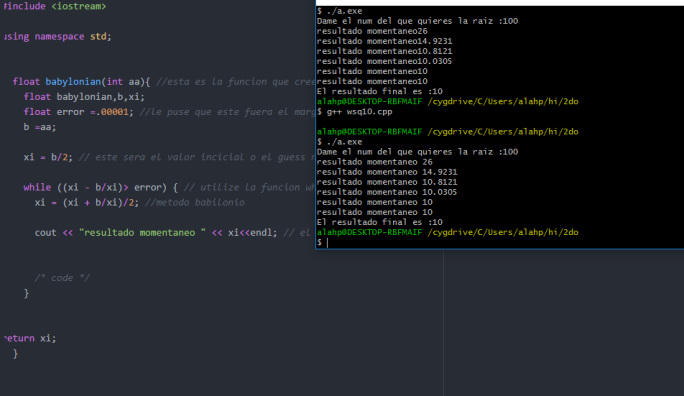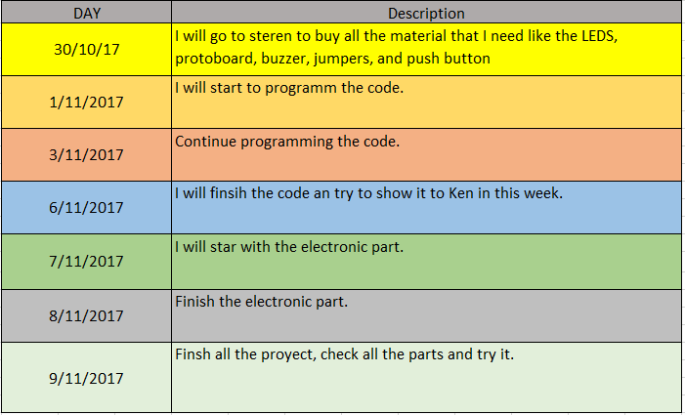--Originally published at PZ
Its the perfect moment to start working with arrays and vector, both are amazing topics that will help me a lot in the future, because it is imposible to make a programm with a huge amount of numbers with out arrays or vectors.
To be honest I didnt know what both of the are, before doing this work, but when I start researching in YouTube I discovered that this was an amazing topic. I watched this video to understand the topic https://www.youtube.com/watch?v=gCBpGyKyaGU.
Then I searched on how to use standar deviation and I watched this video https://www.youtube.com/watch?v=jMOwnFXz2lc, in this video I also understand on how to use the library math which can be very helpful in the future, even in physics.
Code
#include <iostream>
#include <math.h>
using namespace std;
int main()
{
int size = 10;
float numbers[size];
float suma,prom,desv,varianza;
cout << “Please enter up tp 10 positive numbers.” << endl;
for (int i=0; i < size; i++)
{
cin >> numbers[i];
}
cout << endl;
for (int i=0; i < size; i++)
{
suma += numbers[i];
prom = suma/size;
}
for (int i=0; i < size; i++)
{
cout << “Los numeros elegidos son ” << numbers[i]<<endl;
}
for (int i=0; i < size; i++)
{
varianza=varianza+pow((numbers[i]-prom),2);
}
desv=sqrt(varianza/(size-1));
cout<<“La suma de los numeros es: “<<suma<<” el promedio es: ” <<prom<<” la desviacion es “<<desv<<endl;
return 0;
}


 En esta semana aprendimos algo que puede ser bastante simple el cual es la herramienta SciLab que es un software para análisis numérico. El cual en un futuro me puede ayudar mucho en la cuestión de crear y desarrollar formulas, en este caso para probar la herramienta use una de las formulas de aceleración constante la cual es xf=x0 +vi*t+a*t=
En esta semana aprendimos algo que puede ser bastante simple el cual es la herramienta SciLab que es un software para análisis numérico. El cual en un futuro me puede ayudar mucho en la cuestión de crear y desarrollar formulas, en este caso para probar la herramienta use una de las formulas de aceleración constante la cual es xf=x0 +vi*t+a*t=


